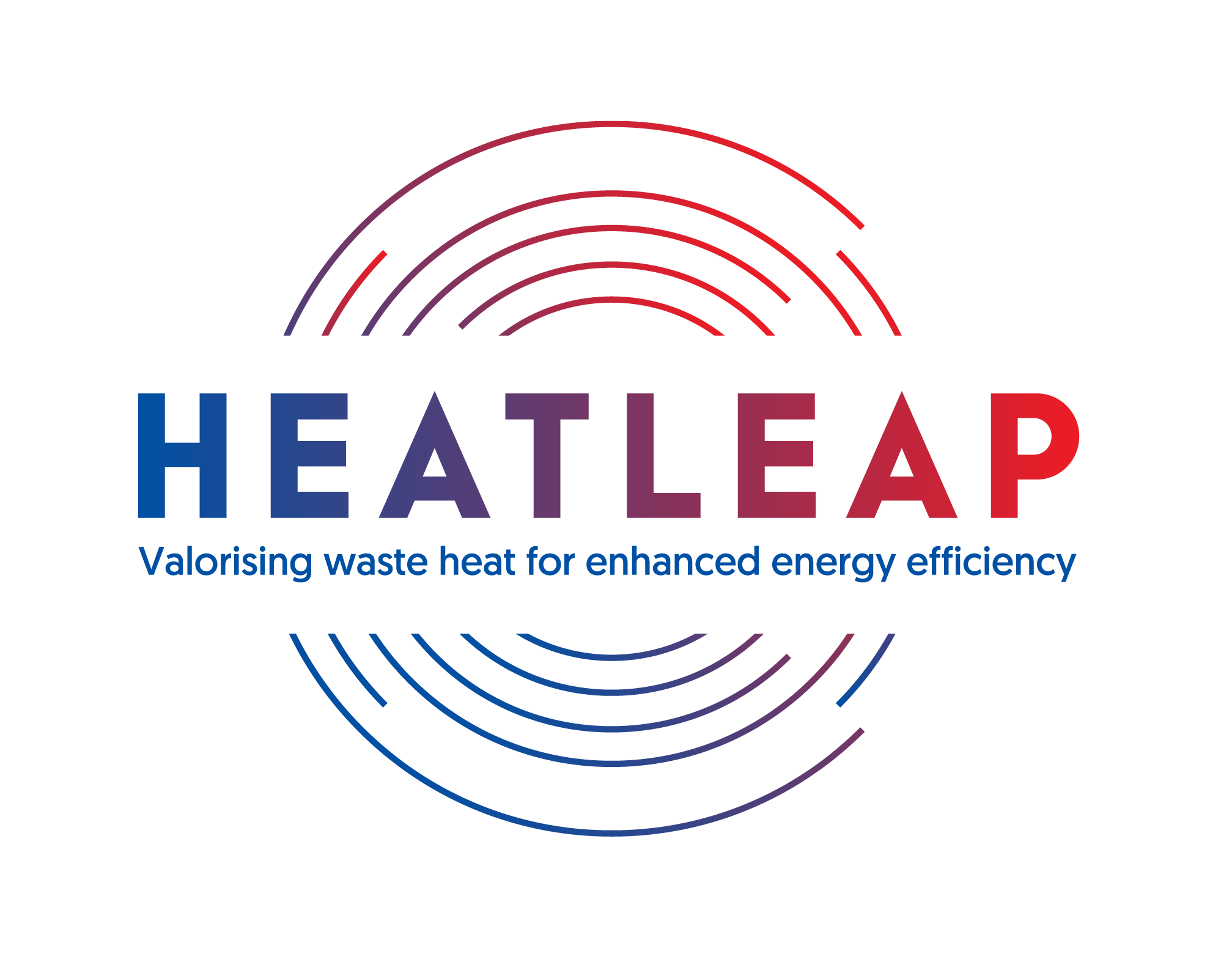About our project.
Low-grade heat waste (around 70 °C) is often widely present in several ENERGY INTENSIVE INDUSTRIES, however it can be hardly valorised using conventional technologies (e.g. Organic Ranking Cycles). Conversely, some innovative technologies (Waste Heat Recovery System-WHRS) are emerging and can provide further energy improvements and CO2 savings.
The HEATLEAP project aims to demonstrate the environmental and economic benefits of waste heat recovery systems such as large heat pumps in energy intensive industries and gas expanders in gas distribution networks by testing these technologies at real scale.
The HEATLEAP project seeks to demonstrate the latest innovation in low-grade waste heat recovery and energy recovery from gas pressure reduction process to further increase energy efficiency, reduce emissions and energy bills, thereby making the industrial and utility sectors more competitive.
1.
Innovative Large Heat Pump (LHP) with a size of up to 7MWth output (combined with the existing heat exchangers), able to supply to district heating temperatures up to 120°C and characterized by a COP (coefficient of performance) up to 8, thanks also to an innovative working fluid.

